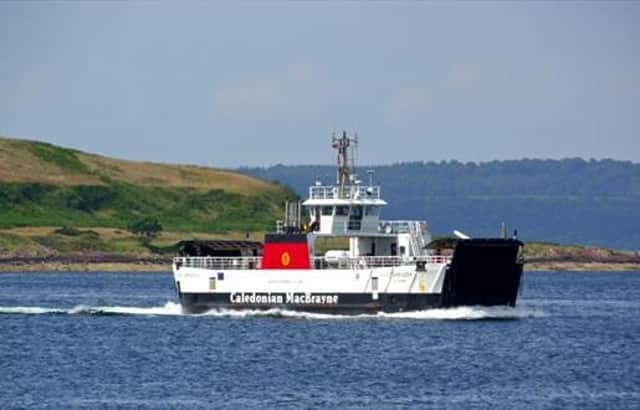This latest procurement project for island ferries must learn the lessons of previous failures


Caledonian Maritime Assets Ltd (CMAL), in partnership with Transport Scotland and CalMac, is commencing a major programme to replace up to seven small ‘loch class’ vessels serving the Clyde and Hebrides Ferry Services (CHFS) network.
A strategic business case for the Small Vessel Replacement Programme (SVRP) was approved in late 2020 by Transport Scotland and CMAL will publish a contract notice this week for naval architect consultancy services to support its vessels team with the concept design and planning stage.
Advertisement
Hide AdAdvertisement
Hide AdThe programme will lead to a multi-million-pound investment in renewal of the small vessel fleet.
The programme timeline has not been finalised, but it is expected the procurement process for the replacement vessels will begin within the next 12 months, subject to approval of a more detailed business case providing options and solutions and their commercial and financial value.
The vessels to be potentially replaced include MV Loch Striven, MV Loch Riddon, MV Loch Ranza, MV Loch Dunvegan, MV Loch Fyne, MV Loch Tarbert and MV Loch Linnhe. All vessels are approaching their operational life expiry.
There will be a clear focus on building low emissions vessels, in line with Scottish Government climate change commitments. CMAL will explore the latest proven battery and onshore charging technologies and draw on its experience of designing and building the three diesel electric hybrid vessels, which represented a world-leading design at the time of launch in 2012. As part of this, studies will be undertaken to identify which ports can accommodate onshore charging and will influence where new vessels are deployed.
Advertisement
Hide AdAdvertisement
Hide AdA further core aim will be delivering increased standardisation in hull design, propulsion and internal lay out, as well as improved reliability, resilience, accessibility and capacity.
The programme team say they will apply the lessons learned from previous vessel delivery projects, in particular the hybrid ferries projects, as well as Audit Scotland’s report into Scottish ferry services and the Scottish Parliament’s Rural Economy and Connectivity Committee inquiry into the procurement and construction of ferries in Scotland.
Kevin Hobbs, of CMAL said: “This is a highly ambitious and much-needed vessel renewal programme. Significant investment is required to reduce the average age of the vessel fleet and this plan is a major step towards our aim of bringing down the age of the fleet from 23 to 16 years. We are in the early stages of planning, but we’ve progressed at a good pace and we intend to continue with the current momentum to tender for shipbuilding contracts within the next year.
“Phase two will replace vessels to serve the Sound of Barra, Sound of Harris and Sound of Iona routes; however, during phase one CMAL will investigate a vessel design that complies with changed regulatory requirements for the Sound of Iona."